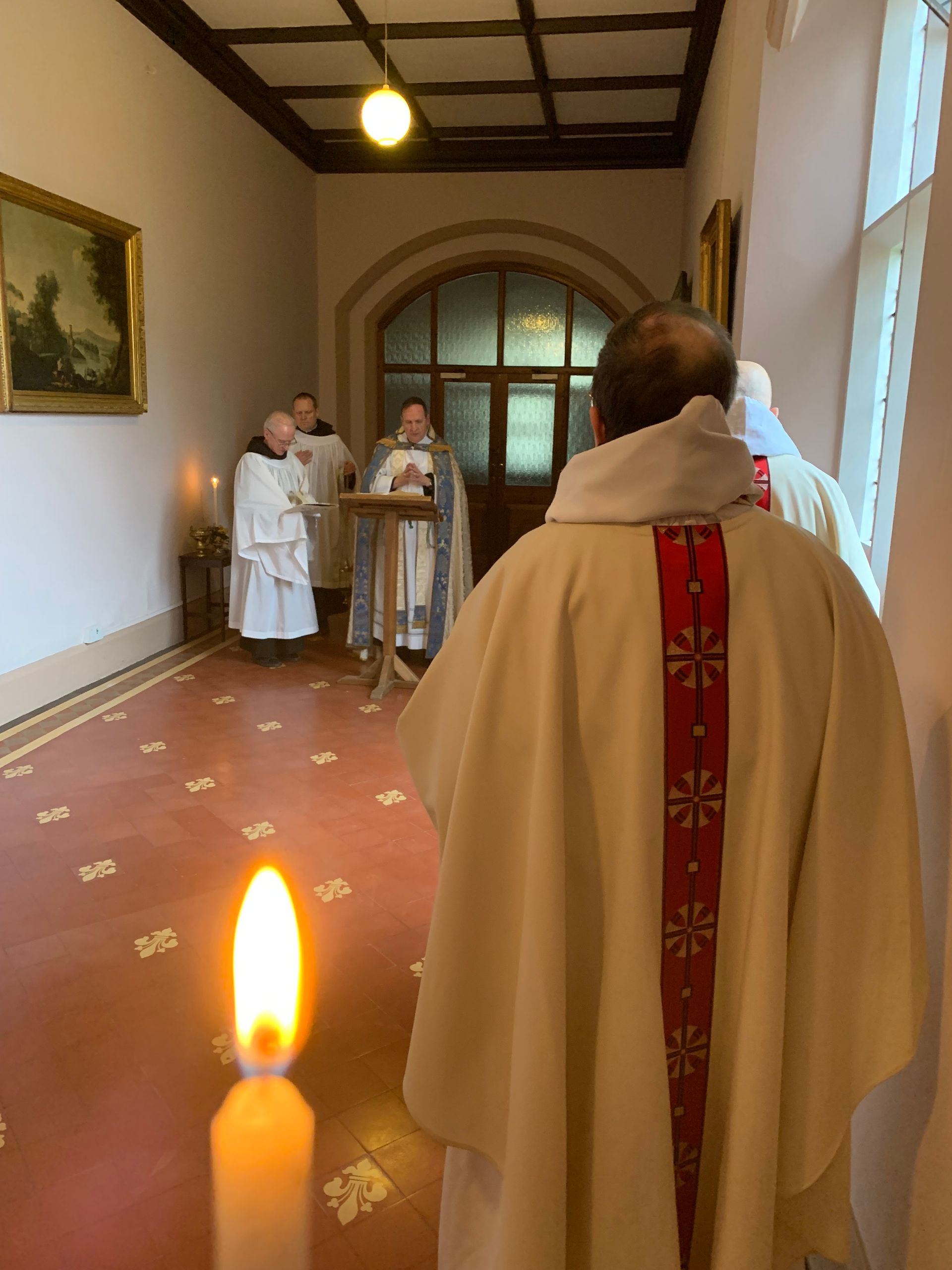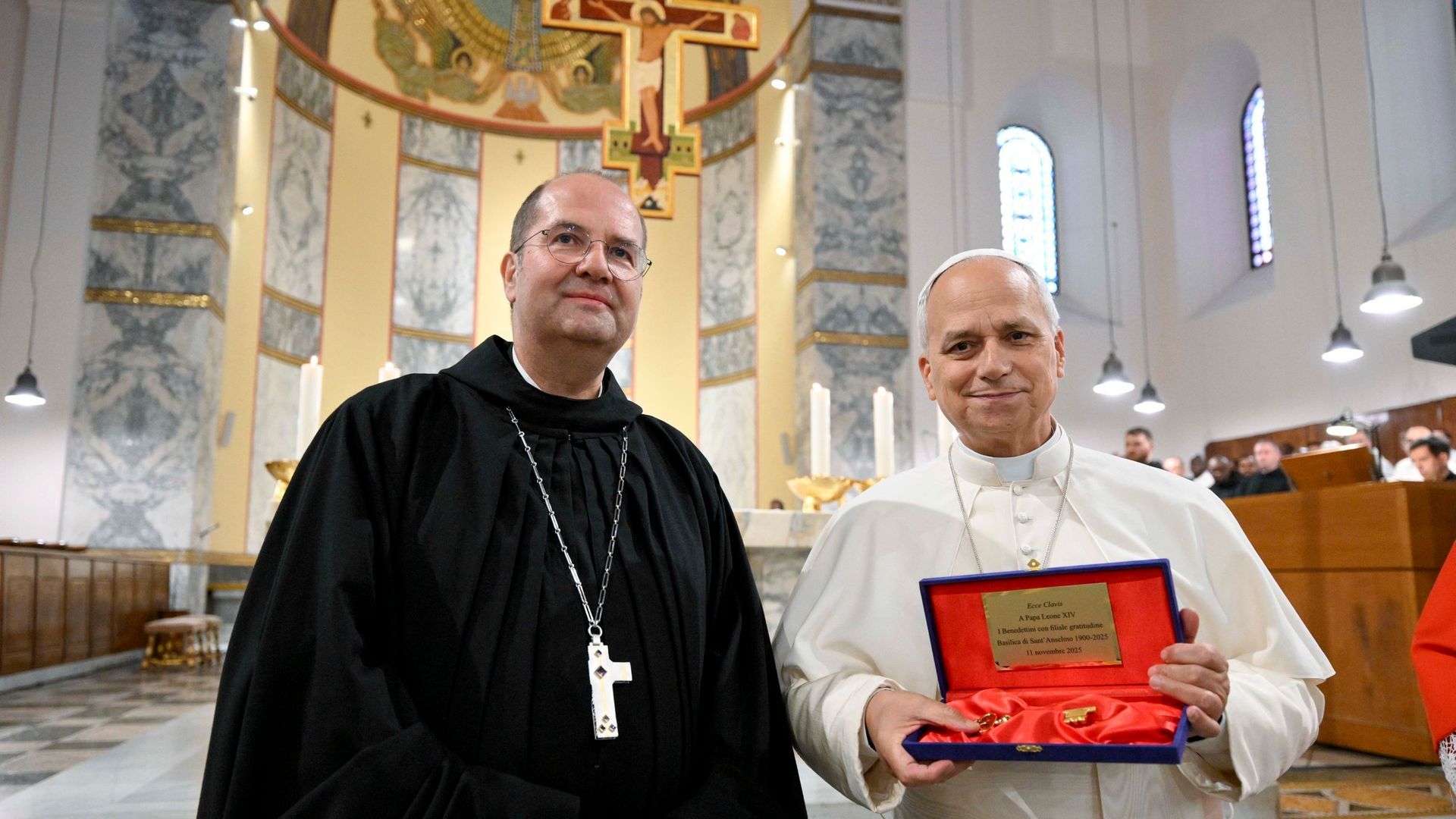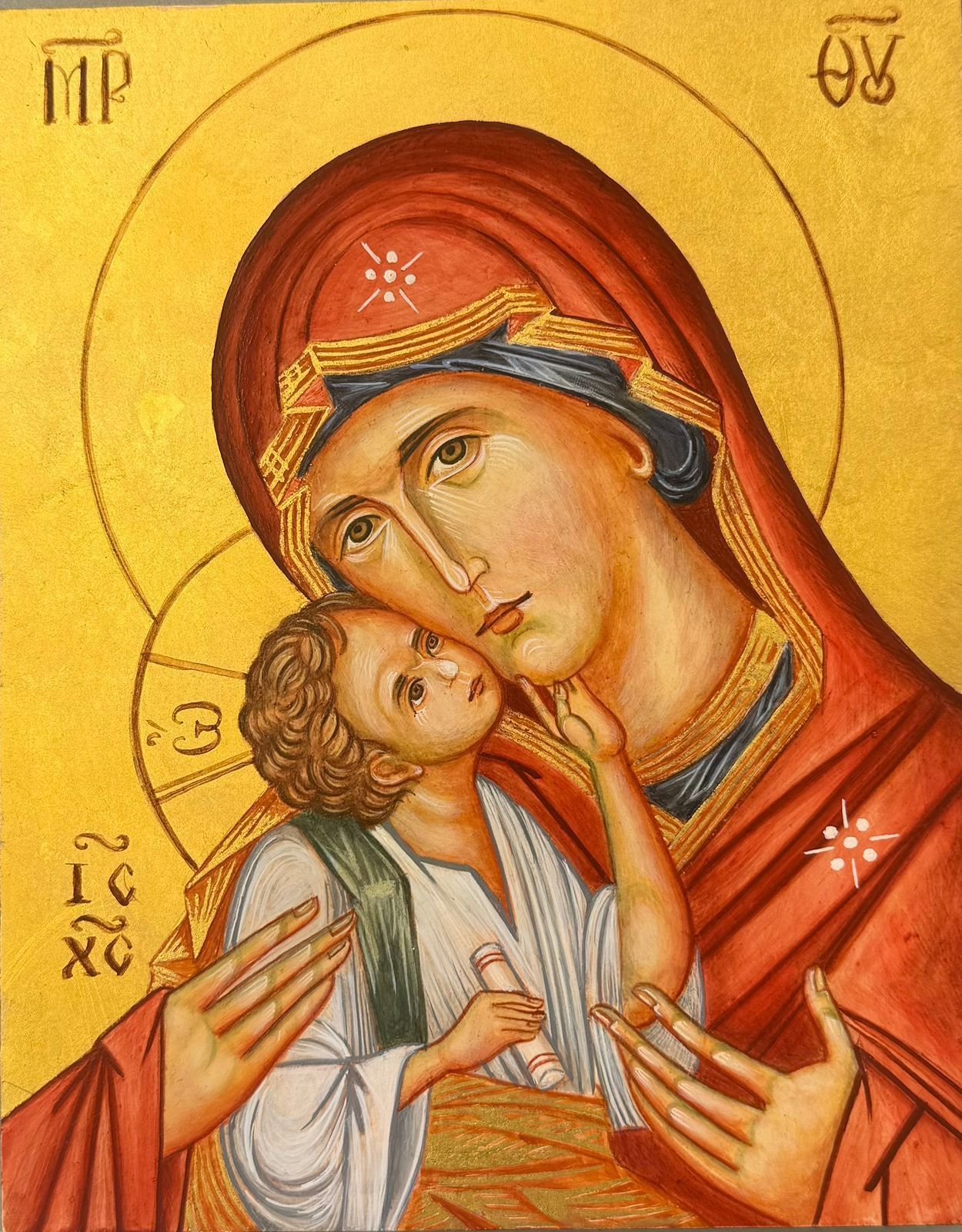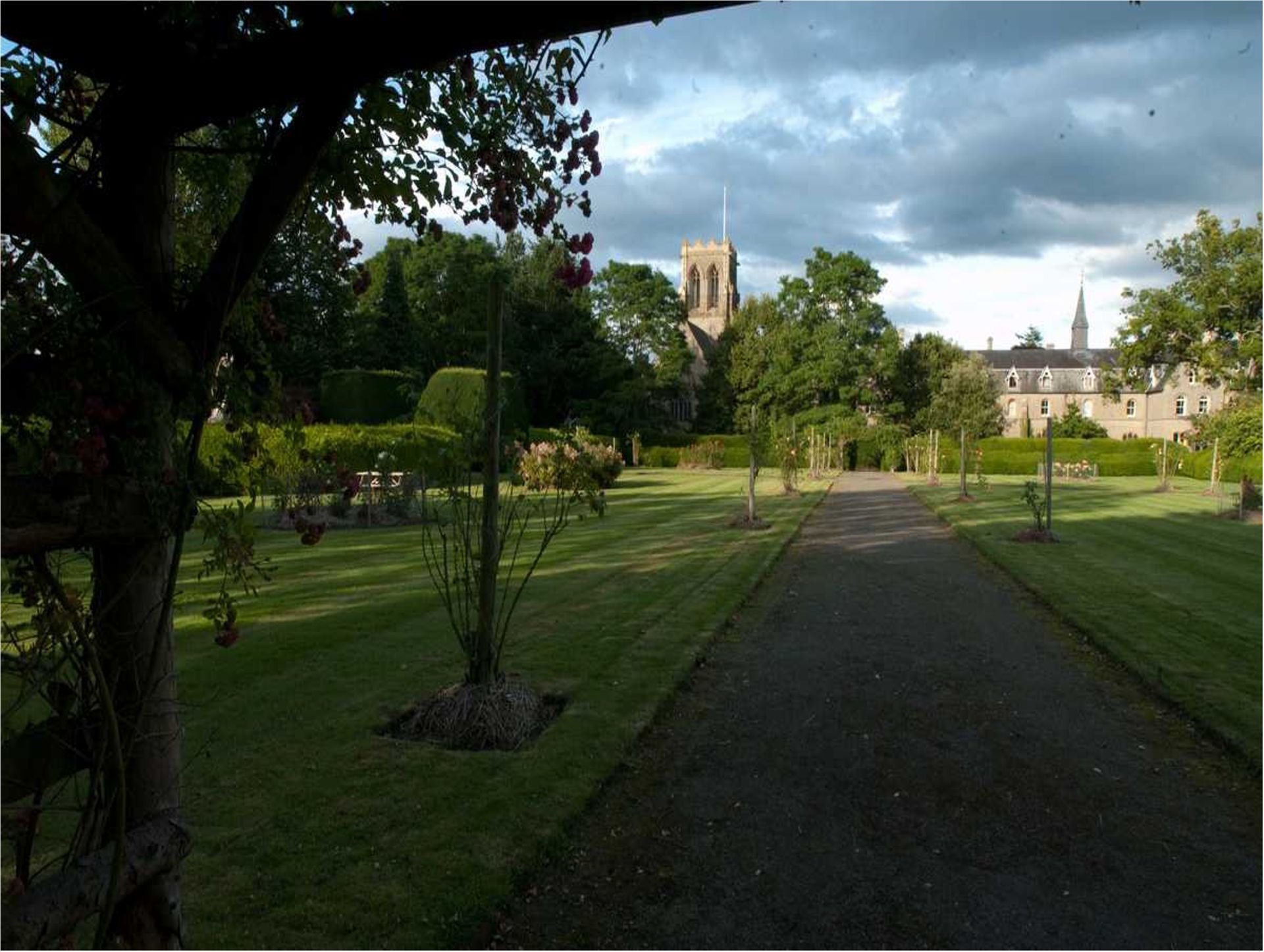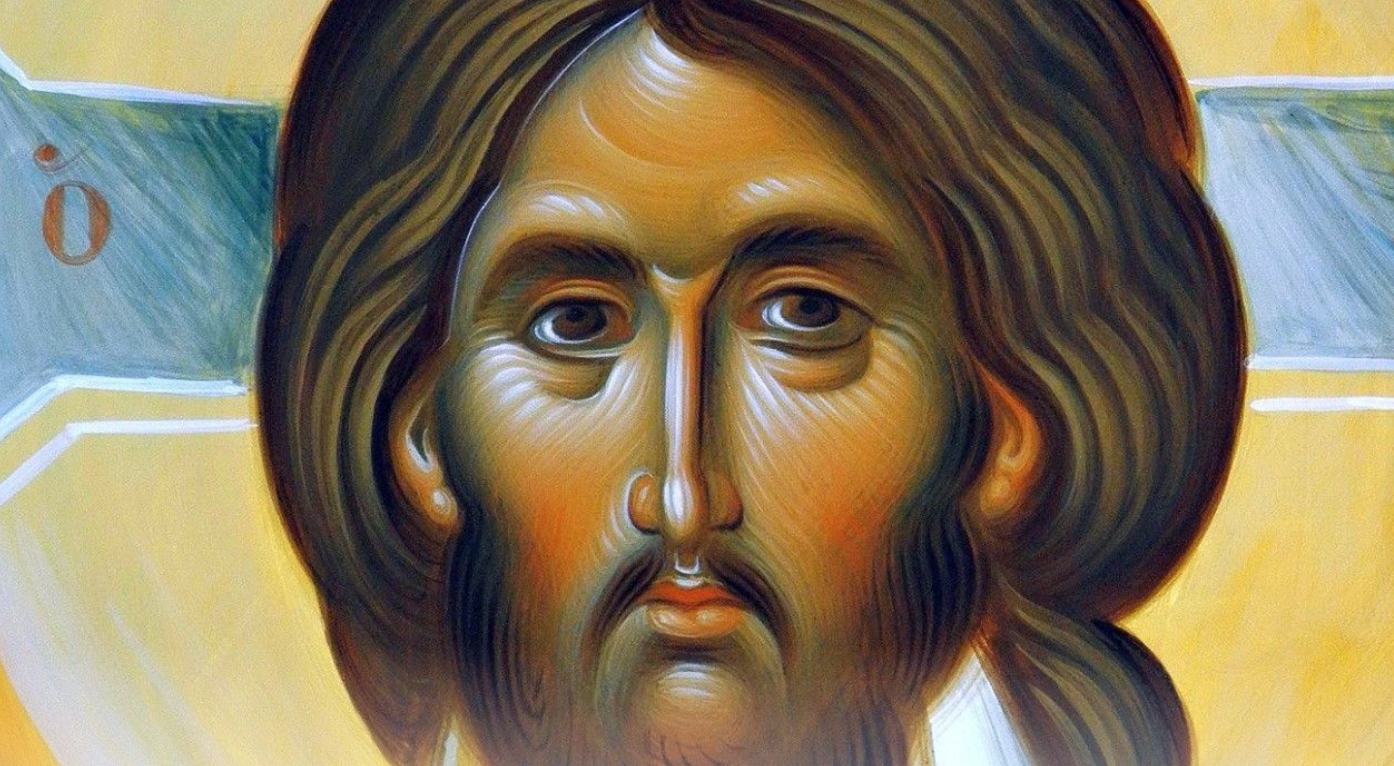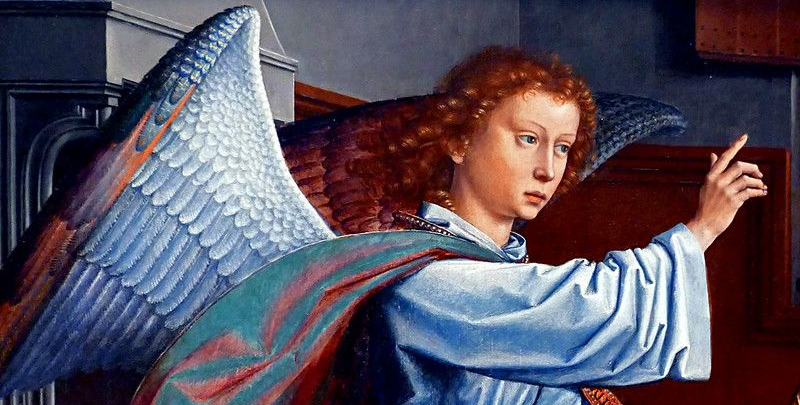Presentation of the Lord
Welcoming the Light: Homily by Abbot Brendan
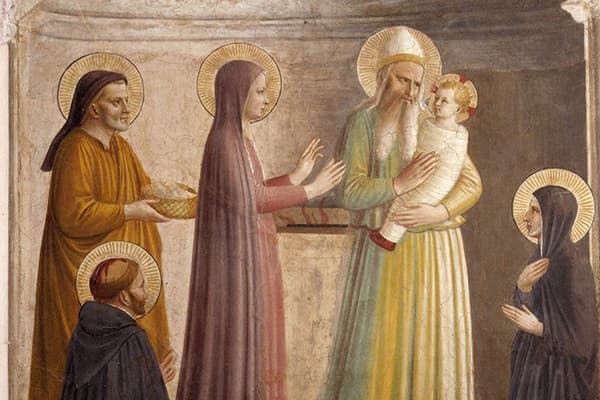
This is a beautiful moment in the Gospel: Mary and Joseph, young parents, take their child to Jerusalem to present him to the Lord. A quiet, faithful act—one that thousands of Jewish families had done before them. But suddenly, the ordinary becomes extraordinary. They meet Simeon and Anna, two figures who we feel have just stepped straight from the pages of the Old Testament.
Simeon—an old man who has spent his life waiting for the “consolation of Israel”—finally sees the One he has been longing for. He takes the child in his arms and sings his song: “Now, Lord, let your servant go in peace.” Anna, a widow for decades, breaks into thanksgiving and can’t stop telling people what she has seen.
This is a story of transition. Luke doesn’t give us a theological debate about the relationship between Law and Grace—he simply shows us. The story begins with an act of legal observance. Mary and Joseph come to the Temple because the Law of Moses requires it. But the Law, which was once the highest expression of Israel’s faith, suddenly fades into something greater—wonder, joy, and the overwhelming surprise of grace.
Simeon sings of light and glory. Anna becomes a herald of good news. Luke uses this moment to mark a turning point: the Old gives way to the New. Law makes way for grace. Promise turns to fulfilment. In Luke’s Gospel this little story is a bridge to a new reality.
Simeon and Anna: Icons of Faith and Letting Go
I love these two figures Simeon and Anna, icons of faith and letting go. In an age that often rushes past the wisdom of the elderly, they stand before us as models of faith, patience, and deep trust in the providence of God. They have waited a lifetime, but their waiting is not empty. It is full of hope, full of expectation. And when the moment arrives, they don’t cling to it—they receive it with joy and are ready to let go.
Simeon holds the child and prays a prayer that we sing every night at Compline: “Now, Lord, let your servant go in peace.” He has seen salvation, and that is enough. It is a moment deeply human and deeply spiritual—one that echoes Christ Himself, who on the Cross will say: “It is finished. Into your hands, I commend my spirit.”
This is the wisdom of the spirit-filled: they know when to receive and when to let go. Simeon and Anna do not resist change; they embrace it. They welcome the new, celebrate it, bless it—and then they step aside. It is time to move on, time to trust that God’s work continues beyond them.
I think of the freedom of Pope John XXIII in old age when he called the Second Vatican Council. “It is an honour just to begin” he told his Secretary. “If I die, others will come.” He trusted divine providence. He would turn in at night saying, “It’s your Church, Lord, now I’m going to bed.”
The Light that Encircles the World
The words of Simeon’s song remind us that this child is not only the glory of Israel—He is a light for the nations. The light of Christ is not just for a chosen few but for all people: the ones who feel they don’t belong, the ones on the margins, the ones we may not even think about.
The feast of Candlemas reminds us of this. We light our candles, not just as a beautiful symbol, but as a call to action. The world still has dark corners—places of loneliness, suffering, and despair. The Church’s role is to bring the light of Christ into those places.
As we hold our candles today, we take up the mission of Simeon and Anna. We are called to welcome Christ, to recognize His presence, to rejoice in Him—and then to share that light with the world.
May we, like them, be people of patient faith, people of joyful witness, and people who, when the time comes, know how to let go and trust in the goodness of God.
